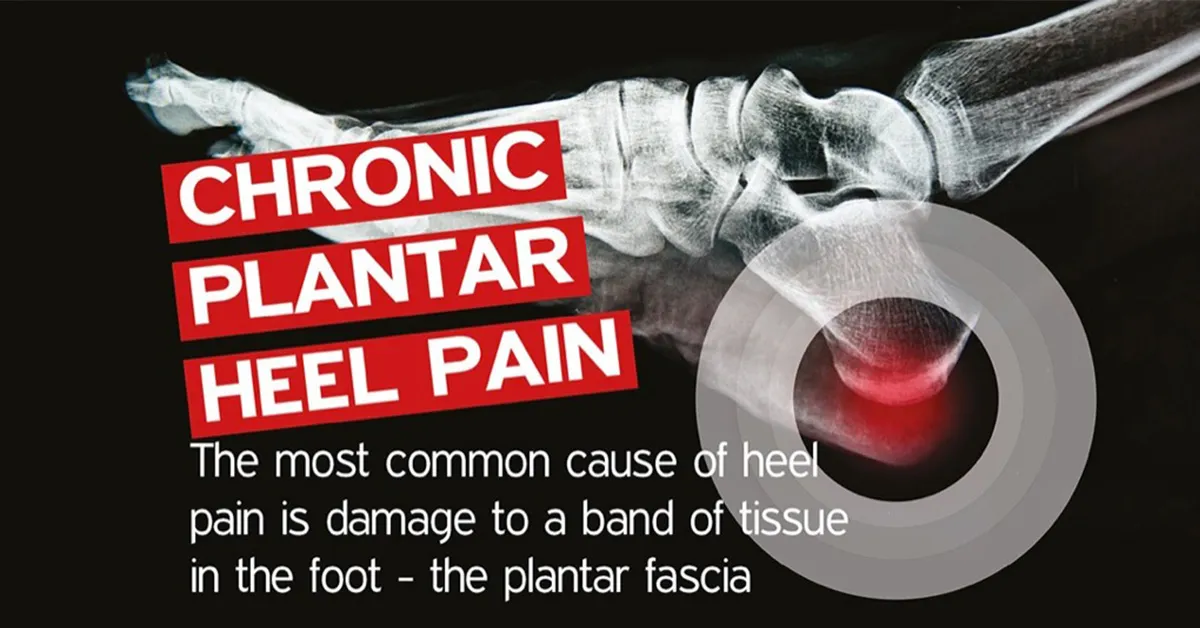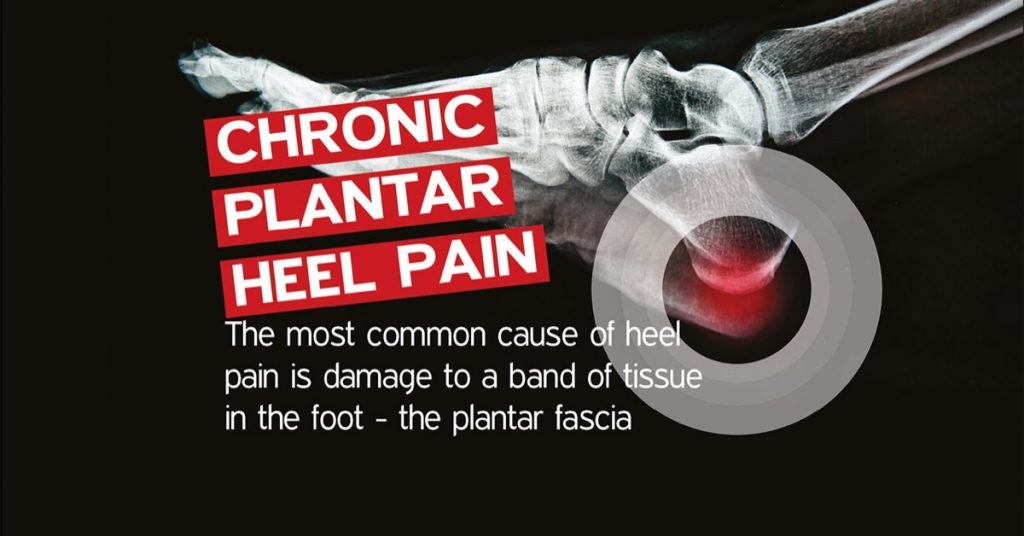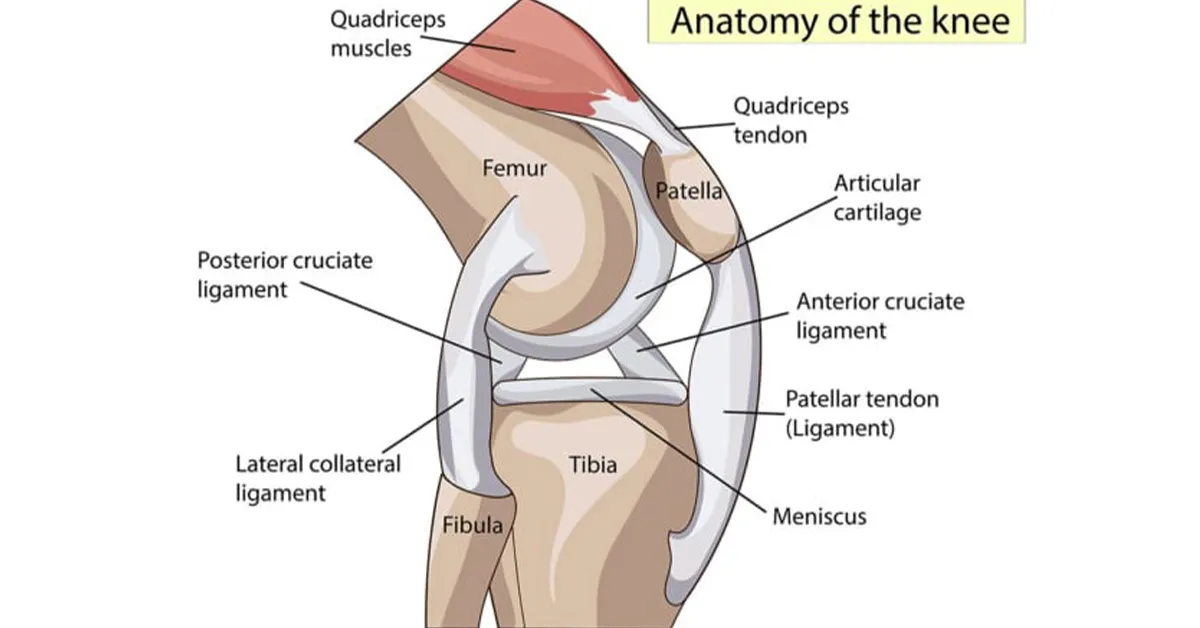Plantar Heel Pain Management
Plantar fasciitis (heel pain) is the most common foot problem seen by the physiotherapists at Physis. Firstly there is significant debate as to whether it should be called this but we are doing our blog for patients not physios!
It causes significant pain at the heel or sole of the foot when standing or walking. It is particularly worse on stepping from your bed and mysteriously improves after a couple of hours (or even less) of movement. Once you get past the hobbling stage, it can often painfully limit how long you can stand, how far you can walk or your ability to run.
Good news?
To start with some good news, the long- term prognosis for plantar fasciitis is good. Studies indicate that in over 80% of cases people’s symptoms resolve within 12 months (Wolgin et al 1994). So if the symptoms are mild some people never make it to the GP let alone the physiotherapist. But for others it can be very painful and disabling.
The role of the GP is limited to diagnosing the problem, offering you some pain relief (often only minimally effective) and giving you some basic advice (rest).
What will a physiotherapist do first?
A physiotherapist will assess the heel pain to confirm the diagnosis (there are other reasons people will get foot pain) and begin a physiotherapy plan to address the symptoms and functional loss you are suffering.
Short term relief can come from good advice on appropriate footwear and how to modify the loading. Patients can be afraid to load it and rest too much, this leads to a loss of fitness and weight gain (both of which can make things worse). More commonly recovery fails because patients return to too much activity too soon.
Often a good method of pain relief is taping. If taping it for a couple of days helps the symptoms then it may be appropriate to refer you to a podiatrist for a biomechanical assessment and orthotic insoles. Orthoses can sometimes off load the tissue and provide relief until the condition has resolved. Your physiotherapist will be able to advise you on when it is appropriate to see a podiatrist and here at Physis we have our own service provided by Footcare Scotland.
What is the best treatment?
Apart from loading it to a level which limits the pain, evidence tells us that stretching of the calf muscles is one of the most important treatment options. Your physiotherapist will teach you the correct exercises and then review you to make sure you have learnt the correct method and that you comply! Massage can help at this stage to improve your calf flexibility and may quicken this process. Controversially some people try and stretch the plantar fascia (it is extremely thick and fibrous unlike other tissues such as muscles) or roll their foot over a golf ball etc, but the effect this has is subject to debate within the profession. Progressive exercise therapy, off loading and time are the tools which work in most cases.
What are the options if it fails to resolve?
Initial conservative management must be given a reasonable time period before looking elsewhere for treatment options. At present chronic problems may be aided by extracorporeal shockwave therapy, injection therapy and on rare occasions surgery. The best advice is to get it assessed and start management as soon as possible. If you need any of these we work closely with specialists who can help with these.
Your physiotherapist can help treat these problems. If required we can refer you to the next best options to assist in resolving your problem. If you think you may have Plantar Fasciitis and want to see us then why not give us a call.
Here’s a link for more information:



